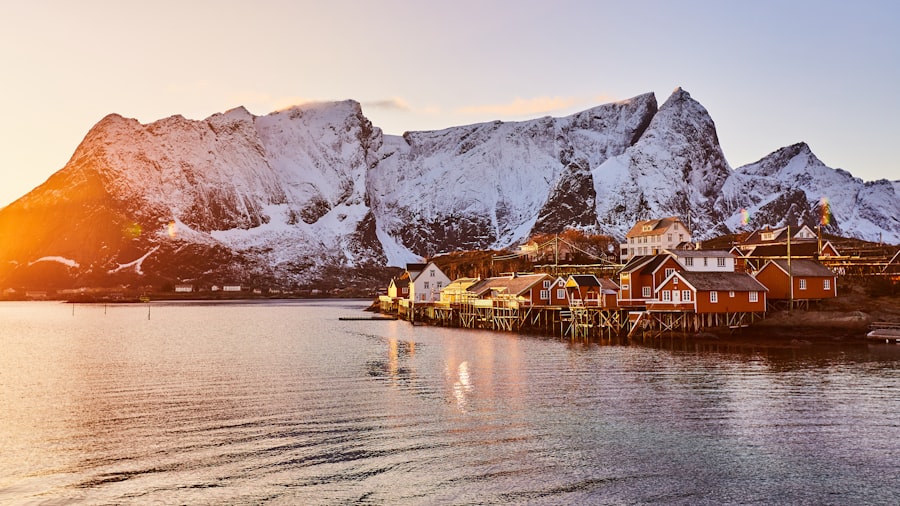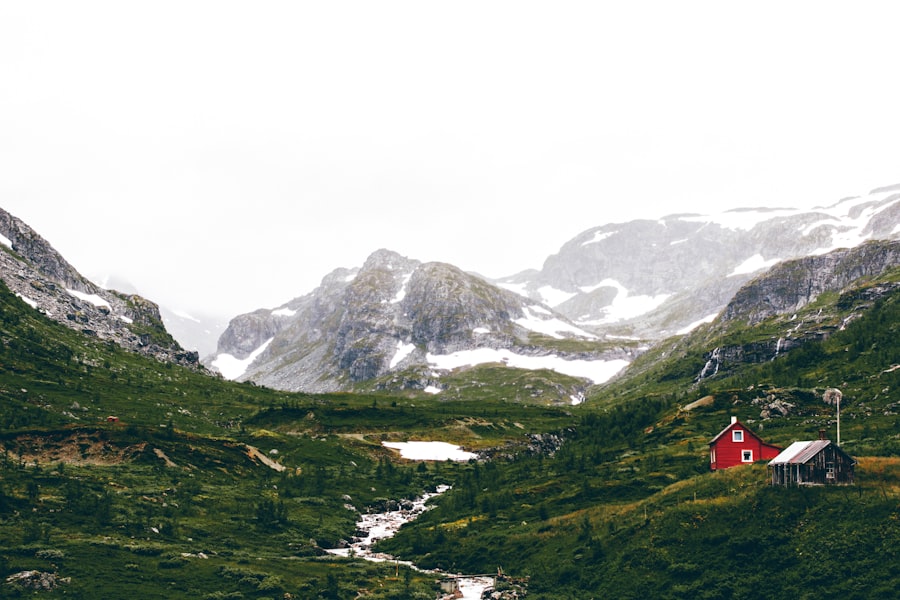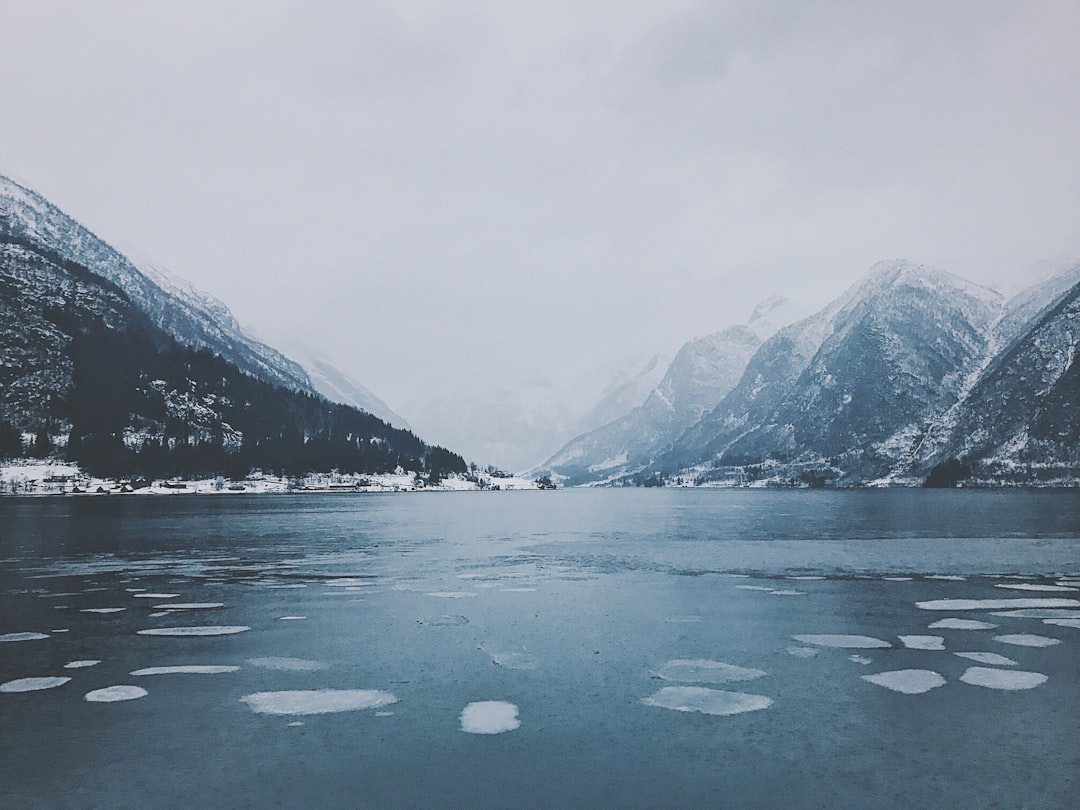The tradition of the hyttetur, or cabin trip, is deeply embedded in Norwegian culture, serving as a cherished ritual that transcends generations. For many Norwegians, the hyttetur is not merely a getaway; it is a rite of passage that signifies a connection to the land and an appreciation for the simplicity of life. These trips often take place in rustic cabins nestled in the heart of nature, where families and friends gather to escape the hustle and bustle of everyday life.
The allure of the hyttetur lies in its ability to foster a sense of belonging and community, as well as a profound appreciation for Norway’s stunning landscapes. Historically, the hyttetur has evolved from a necessity for rural communities seeking refuge from harsh winters to a popular leisure activity embraced by urban dwellers. The cabins, often passed down through families, are imbued with memories and stories that enrich the experience.
As Norwegians continue to embrace this tradition, the hyttetur remains a vital aspect of their cultural identity, reflecting values of togetherness, nature, and simplicity. Book your 1-hour strategy session with Norway Relocation Group today.
Summary
- The Hyttetur is a traditional Norwegian cultural practice of going on a cabin trip with family and friends.
- The Hyttetur experience allows individuals to connect with nature and enjoy outdoor activities such as hiking, skiing, and fishing.
- Hyttetur promotes social bonding and community building through shared experiences and activities in a natural setting.
- Engaging in a Hyttetur can have positive effects on mental wellbeing, providing an escape from the stress of urban life.
- Traditional food and drink play a significant role in the Hyttetur experience, often including local delicacies and homemade meals.
Connecting with Nature through the Hyttetur Experience
One of the most significant aspects of the hyttetur experience is the opportunity it provides for individuals to connect with nature. Surrounded by breathtaking fjords, towering mountains, and lush forests, Norwegians find solace in the great outdoors. The hyttetur encourages a deep appreciation for the natural world, allowing individuals to immerse themselves in its beauty and tranquillity.
Whether it is hiking through verdant trails or simply sitting by a serene lake, the experience fosters a sense of peace and rejuvenation. Moreover, this connection with nature is not just about physical surroundings; it also encompasses a spiritual element. Many Norwegians view their time spent at the cabin as a chance to reflect and recharge.
The simplicity of life at the cabin—free from modern distractions—allows for introspection and mindfulness. This communion with nature serves as a reminder of the importance of preserving the environment and living harmoniously with it.
Social Bonding and Community Building on a Hyttetur

The hyttetur is inherently a social experience, bringing together family and friends in an intimate setting that fosters bonding and camaraderie. The shared experience of cooking meals, playing games, and engaging in outdoor activities creates lasting memories that strengthen relationships. In an age where digital communication often takes precedence over face-to-face interactions, the hyttetur offers a refreshing opportunity to reconnect with loved ones in a meaningful way.
Additionally, the hyttetur extends beyond individual families; it often involves larger gatherings that include extended family members or friends from different circles. This communal aspect enhances social ties within communities, as people come together to celebrate life’s milestones or simply enjoy each other’s company. The laughter shared around a campfire or the stories exchanged during hikes contribute to a sense of belonging that is vital for emotional well-being.
The Role of Hyttetur in Promoting Mental Wellbeing
In today’s fast-paced world, mental health has become an increasingly important topic of discussion. The hyttetur plays a crucial role in promoting mental well-being by providing an escape from daily stressors. The serene environment of the cabin allows individuals to unwind and disconnect from the pressures of work and urban life.
This break from routine can lead to reduced anxiety levels and improved mood, making it an essential practice for many Norwegians. Furthermore, engaging in outdoor activities during a hyttetur has been shown to have positive effects on mental health. Physical exercise releases endorphins, which are known to enhance mood and alleviate feelings of depression.
Whether it’s hiking, fishing, or simply taking leisurely walks in nature, these activities contribute to overall mental wellness. The hyttetur thus serves as a sanctuary for those seeking respite from life’s challenges, reinforcing the importance of self-care and mental health awareness.
Traditional Food and Drink on a Hyttetur
Food plays an integral role in the hyttetur experience, with traditional Norwegian dishes often taking centre stage. Meals prepared at the cabin are typically hearty and comforting, reflecting the rustic nature of cabin life. Dishes such as raspeballer (potato dumplings), fårikål (lamb stew), and various fish preparations are commonly enjoyed during these trips.
The act of cooking together not only nourishes the body but also strengthens bonds among participants as they share recipes and culinary traditions. Moreover, beverages also hold significance during hyttetur gatherings. Norwegians often indulge in local brews or homemade berry juices while enjoying their meals or relaxing by the fire.
The communal aspect of sharing food and drink fosters a sense of togetherness that enhances the overall experience. These culinary traditions not only satisfy hunger but also serve as a means of preserving cultural heritage, ensuring that future generations continue to enjoy these flavours.
Hyttetur as a Means of Escaping the Stress of Urban Life

For many urban dwellers in Norway, the hyttetur represents an essential escape from the rigours of city life. The hustle and bustle of urban environments can be overwhelming, leading to feelings of stress and burnout. The cabin offers a tranquil retreat where individuals can disconnect from technology and reconnect with themselves and their surroundings.
This change of scenery is often accompanied by a slower pace of life that allows for relaxation and reflection. The contrast between urban living and life at the cabin is stark; while cities are characterised by noise and activity, cabins are often situated in peaceful locations surrounded by nature. This shift in environment can have profound effects on one’s mental state, promoting relaxation and clarity of thought.
As more people seek refuge from urban stressors, the hyttetur continues to be an invaluable resource for rejuvenation and self-discovery.
Hyttetur as a Family Tradition and Bonding Experience
The hyttetur is often viewed as a family tradition that strengthens familial bonds across generations. Many Norwegians have fond memories of childhood trips to their family cabins, where they learned essential skills such as fishing, hiking, or cooking traditional meals. These experiences create lasting connections between family members, fostering a sense of unity that transcends time.
As families gather at their cabins year after year, they pass down stories and traditions that enrich their shared history. The hyttetur becomes a canvas for creating new memories while honouring those from the past. This intergenerational aspect not only reinforces family ties but also instils values such as respect for nature and appreciation for quality time spent together.
Hyttetur and the Celebration of Norwegian Seasons
The hyttetur is intrinsically linked to the changing seasons in Norway, with each season offering unique experiences and activities. In winter, families may gather for skiing or snowshoeing adventures, while summer invites hiking and swimming in pristine lakes. Autumn brings vibrant foliage that transforms the landscape into a tapestry of colours, perfect for leisurely walks amidst nature’s beauty.
Each season presents an opportunity to celebrate Norway’s diverse environment while engaging in seasonal traditions. These seasonal variations also influence culinary practices during hyttetur trips. For instance, summer may see barbecues featuring fresh local produce, while winter might call for hearty stews that warm the soul after a day spent outdoors.
By embracing seasonal changes through their hyttetur experiences, Norwegians cultivate a deeper connection to their environment and develop an appreciation for the cyclical nature of life.
Hyttetur and the Importance of Outdoor Activities
Outdoor activities are at the heart of the hyttetur experience, providing opportunities for adventure and exploration amidst Norway’s stunning landscapes. Hiking is perhaps one of the most popular activities during these trips, with countless trails leading through breathtaking scenery—from majestic mountains to tranquil forests. Engaging in such activities not only promotes physical fitness but also allows individuals to immerse themselves in nature’s beauty.
In addition to hiking, other outdoor pursuits such as fishing, kayaking, or cycling further enhance the hyttetur experience. These activities encourage individuals to step outside their comfort zones while fostering teamwork and cooperation among participants. Whether it’s navigating challenging terrain or sharing fishing tips by the lake, outdoor activities create bonds that enrich relationships and contribute to personal growth.
Hyttetur and the Promotion of Sustainable Living
The hyttetur tradition also aligns with principles of sustainable living, as many cabins are designed with eco-friendly practices in mind. Norwegians often prioritise sustainability when building or maintaining their cabins, utilising renewable resources and minimising waste wherever possible. This commitment to environmental stewardship reflects a broader cultural ethos that values harmony with nature.
Moreover, spending time at the cabin encourages individuals to adopt sustainable habits during their stay—such as reducing energy consumption or sourcing local food products. By fostering an awareness of environmental issues through their hyttetur experiences, Norwegians are better equipped to advocate for sustainable practices in their daily lives. This connection between tradition and sustainability underscores the importance of preserving Norway’s natural beauty for future generations.
The Hyttetur Experience as a Cultural Phenomenon in Norway
In conclusion, the hyttetur experience has evolved into a cultural phenomenon that encapsulates various aspects of Norwegian life—from family bonding to environmental consciousness. It serves as a testament to Norway’s deep-rooted connection with nature while promoting mental well-being and social cohesion among communities. As more people embrace this tradition, it continues to shape cultural identity and foster appreciation for Norway’s stunning landscapes.
For those considering embarking on their own hyttetur journey or seeking assistance in navigating this cherished tradition, organisations like the Norway Relocation Group offer invaluable support. With expertise in relocation services tailored specifically for those moving to Norway or seeking guidance on local customs, they can help individuals fully immerse themselves in this unique cultural experience. Embracing the hyttetur tradition not only enriches personal lives but also strengthens connections within communities—making it an essential part of what it means to be Norwegian today.
Book your 1-hour strategy session with Norway Relocation Group today

